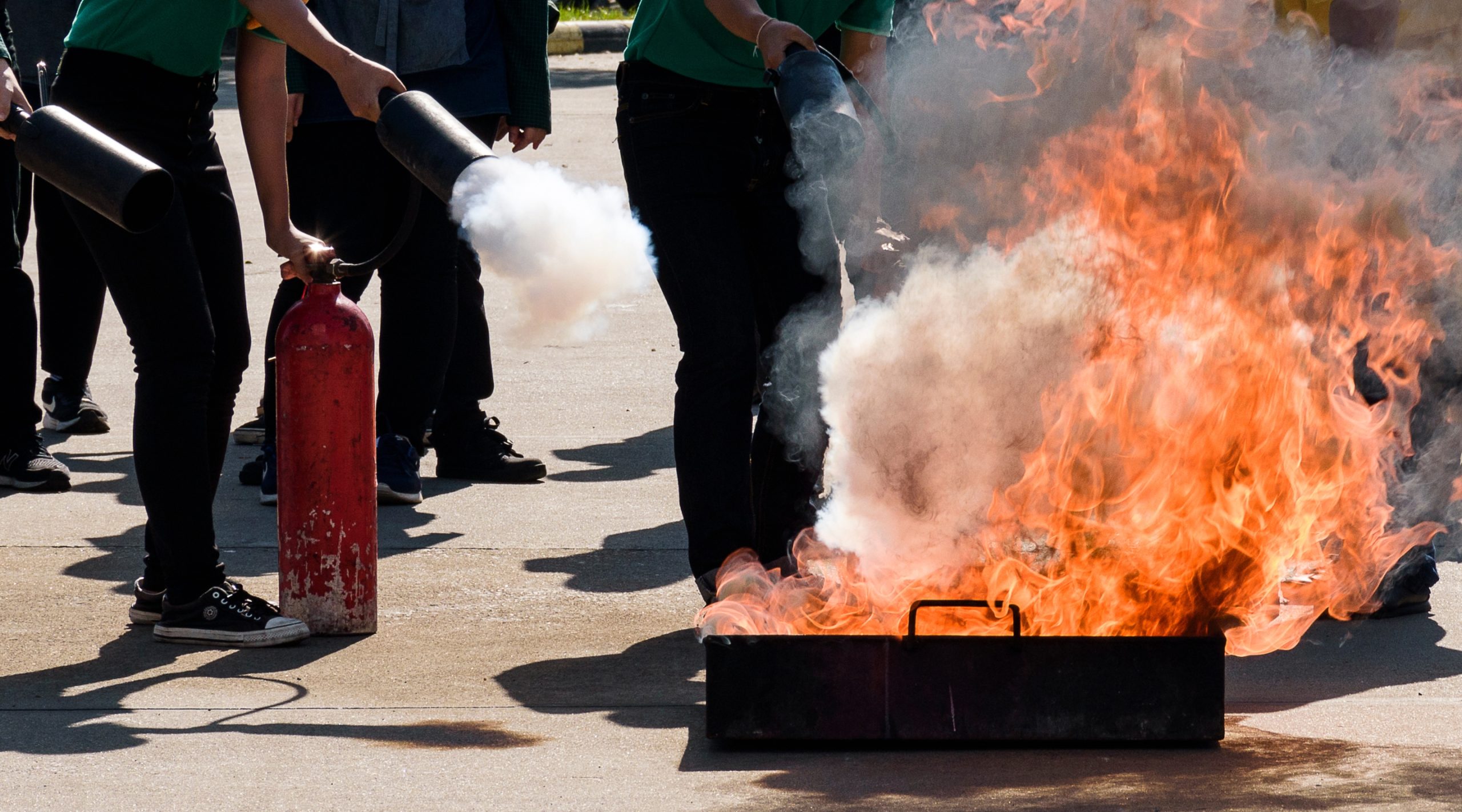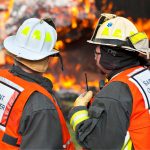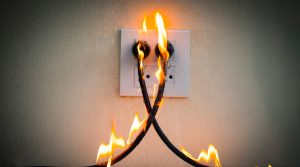
How to Conduct a Fire Drill: A Step-by-Step Guide for Offices
Introduction
Fire safety is a fundamental component of workplace safety. Offices must be well-prepared to handle emergencies effectively, and one of the best ways to ensure readiness is by conducting regular fire drills. A well-executed fire drill familiarizes employees with evacuation procedures, reduces panic, and ensures compliance with safety regulations. This guide outlines the step-by-step process for conducting a fire drill in an office setting.
Step 1: Develop a Fire Emergency Plan
Before conducting a fire drill, it is crucial to have a comprehensive fire emergency plan in place. This plan should include:
Designated evacuation routes and exits.
Assembly points where employees should gather after evacuation.
Roles and responsibilities of fire wardens and key personnel.
Procedures for assisting individuals with disabilities.
Contact details for emergency services and internal safety officers.
Step 2: Appoint a Fire Safety Team
A fire safety team should be established to oversee fire drills and ensure smooth execution. This team typically includes:
Fire wardens or marshals responsible for guiding employees.
A drill coordinator to plan and supervise the drill.
First-aid responders to provide medical assistance if needed.
Step 3: Communicate the Drill Plan
Inform all employees about the fire drill schedule and objectives. Clear communication helps to:
Minimize confusion and resistance.
Ensure participation and cooperation.
Educate employees on their roles during an evacuation.
Step 4: Simulate a Fire Emergency
To create a realistic scenario, choose a location where a simulated fire will be staged. During the drill:
Trigger the fire alarm system.
Monitor employee responses to evaluate adherence to evacuation protocols.
Ensure that emergency exits are used appropriately and that elevators are avoided.
Time the evacuation to measure efficiency.
Step 5: Conduct an Evacuation
Employees should follow designated evacuation routes and proceed to the assembly point. Fire wardens must:
Ensure everyone evacuates promptly and safely.
Assist individuals requiring help.
Check restrooms and other enclosed areas for stragglers.
Step 6: Conduct a Roll Call at the Assembly Point
Once all employees reach the assembly point, perform a headcount to ensure that everyone is accounted for. If someone is missing, inform emergency responders immediately.
Step 7: Evaluate the Fire Drill
After the drill, gather feedback from participants and the fire safety team. Consider the following factors:
Did employees evacuate within the expected time frame?
Were there any bottlenecks or obstacles in the evacuation routes?
Did employees follow the emergency procedures correctly?
Were there any safety concerns that need to be addressed?
Step 8: Improve and Repeat
Based on the evaluation, make necessary improvements to the fire emergency plan. Conduct regular fire drills at least once or twice a year to reinforce preparedness and compliance.
Conclusion
A well-organized fire drill not only ensures workplace safety but also instills confidence among employees in handling emergencies. By following these steps, offices can create a safer work environment and improve their emergency response capabilities. Regular practice, thorough planning, and continuous improvement are key to effective fire drills.






